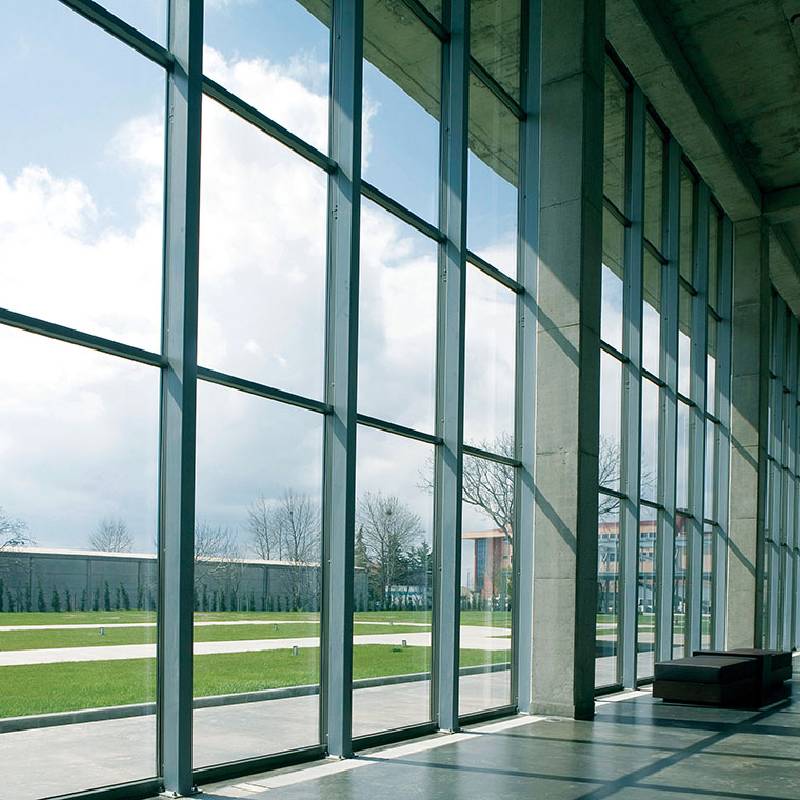

High-performance low-e glass has become an essential component in modern architectural design and energy-efficient construction. Low-emissivity (low-e) glass is specially treated to reflect infrared light, keeping heat in during winter and out during summer. This unique property is vital for maintaining comfortable indoor temperatures while reducing the energy expenditure associated with heating and cooling buildings.
The high-performance designation refers to glass that meets stringent performance criteria, including low U-values (a measure of thermal transmittance) and high solar heat gain coefficients (SHGC). These metrics indicate how well the glass insulates against heat loss and its ability to admit solar radiation, respectively. The combination of these properties leads to significant energy savings, which is increasingly important in a world facing energy shortages and environmental challenges.
When considering residential and commercial buildings, high-performance low-e glass can reduce energy consumption by up to 30%. This significant reduction not only results in lower utility bills for occupants but also minimizes the carbon footprint of the building, contributing to global efforts to combat climate change. Additionally, this glass can be employed in a variety of applications, from windows and facades to skylights, making it a versatile choice for architects and builders.

Beyond energy efficiency, low-e glass also enhances occupant comfort. Traditional glass allows excessive heat to enter buildings during the summer and can lead to uncomfortable glare indoors. In contrast, high-performance low-e glass mitigates these issues, providing a more consistent indoor climate and reducing the need for artificial lighting by allowing natural light to filter through without the negative effects of glare.
Furthermore, advancements in technology have led to the development of new coatings and glazing techniques that enhance the performance of low-e glass
. These innovations include the application of advanced nano-coatings and the use of triple glazing, which further improve insulation and energy efficiency.In summary, high-performance low-e glass represents a significant advancement in building materials, aligning energy efficiency with aesthetic appeal and occupant comfort. As the construction industry continues to prioritize sustainability, the adoption of high-performance low-e glass is likely to increase, contributing to the creation of environmentally friendly, energy-efficient living and working spaces. Embracing this technology is not only a smart investment for property owners but also a crucial step toward a more sustainable future.